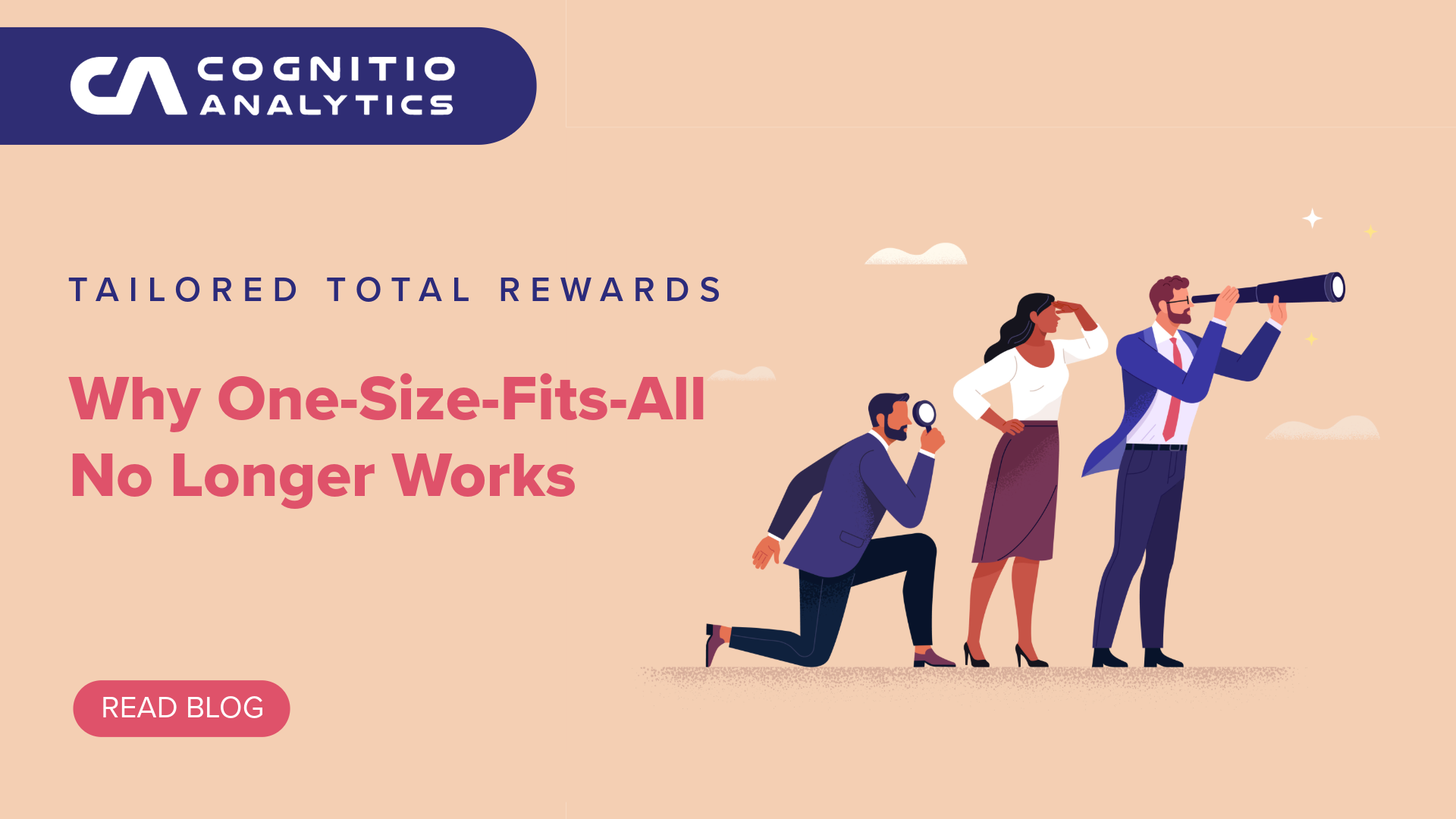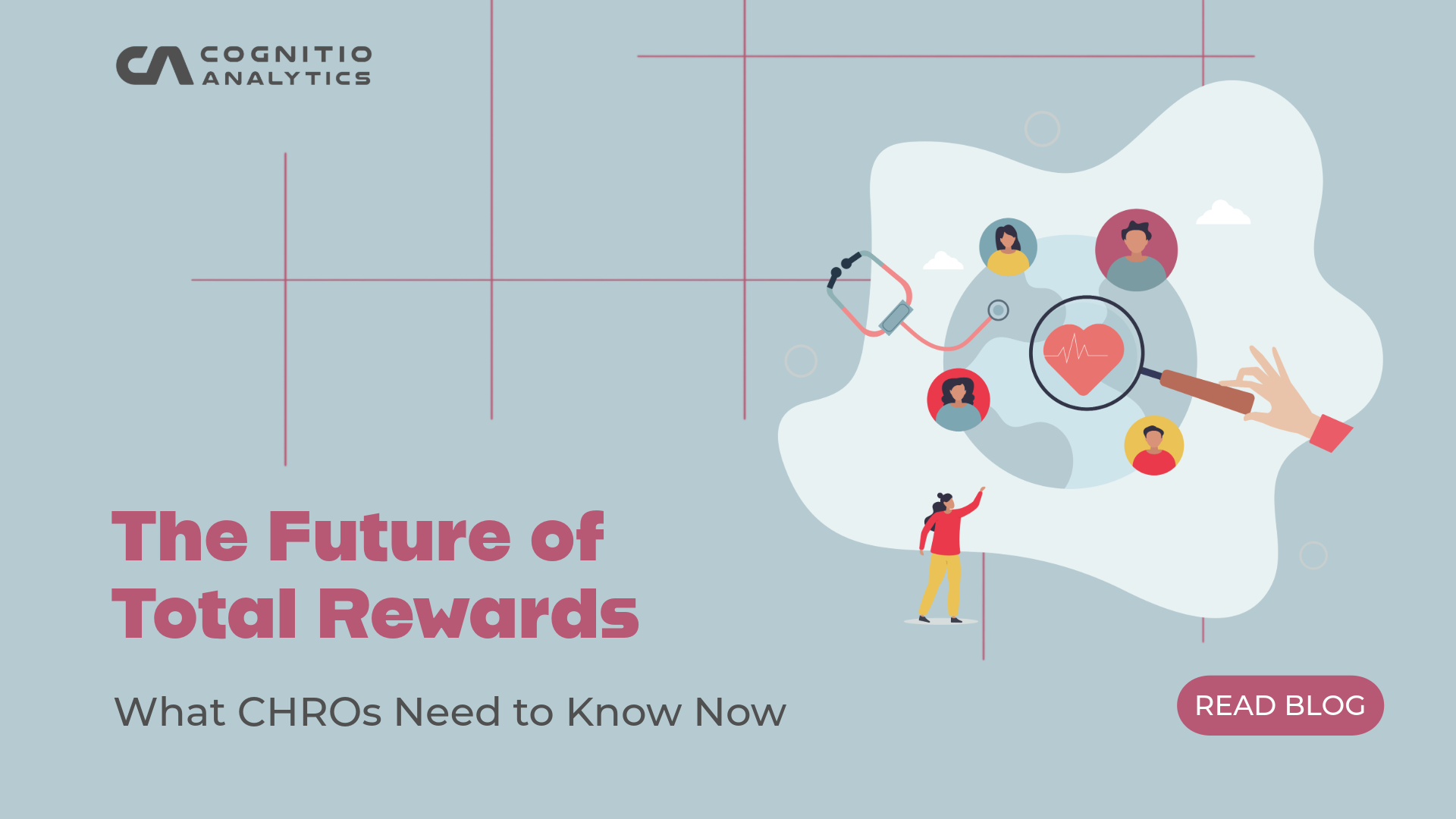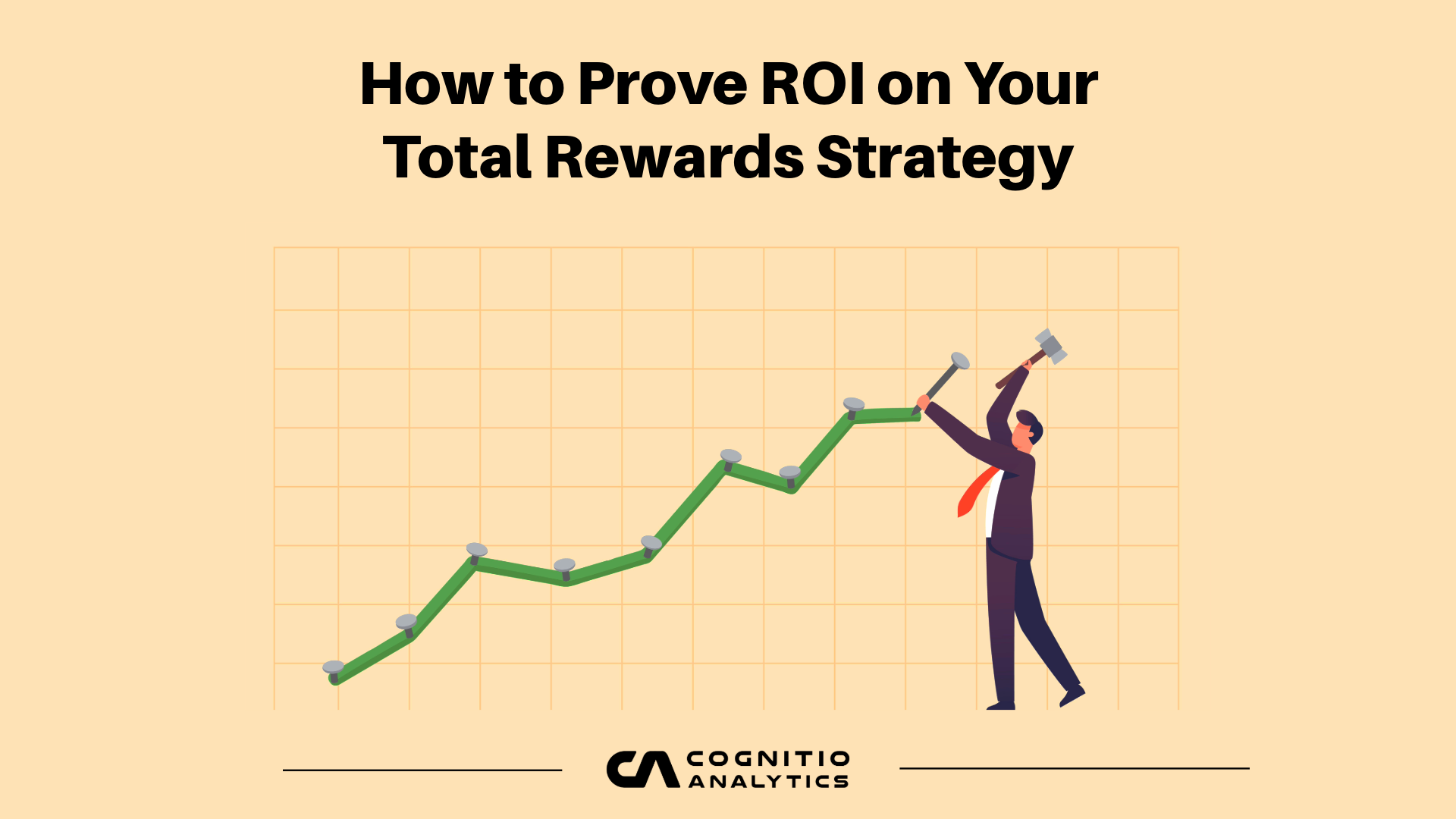
Tailored Total Rewards: Why One-Size-Fits-All No Longer Works
- Published Date: September 19, 2025
For decades, employee benefits followed a familiar pattern: standardized health coverage, retirement contributions, and a handful of wellness initiatives. While this model offered simplicity, it often left employees disengaged—because what works for one group doesn’t necessarily meet the needs of another.
Today’s workforce is more diverse than ever, and with that diversity comes varied expectations. Younger employees may want student loan support or mental health coverage. Parents may need childcare options. Older employees may focus on preventive care or financial planning. The truth is simple: a one-size-fits-all approach no longer works.
The Demand for Personalization
How TRA Enables Tailored Strategies
Total Rewards Analytics (TRA) gives HR leaders the tools to design benefits strategies that go beyond averages and assumptions. By analyzing member-level demographic data—such as age, gender, region, and relationship type—TRA makes it possible to:
- Segment employees into meaningful groups based on benefits engagement.
- Uncover patterns in cost drivers, preventive care uptake, or wellness participation.
- Adapt programs to align with specific population needs, rather than offering blanket solutions.
This data-driven approach ensures that benefits strategies are equitable, relevant, and impactful.
Personalization in Action
- Financial wellness: Younger employees benefit from student loan repayment programs, while older employees may prefer retirement planning tools.
- Healthcare benefits: Offering fertility support for employees starting families, alongside chronic disease management for aging populations.
- Wellbeing programs: Mental health resources tailored to high-stress roles, or fitness initiatives that appeal to different age groups.
With TRA, these aren’t assumptions—they’re insights derived from real workforce data.
Spot Trends by Region, Demographics, and More
With visualized claims and engagement data across multiple dimensions, our TRA Suite makes it easy to uncover actionable patterns.
Conclusion: A Smarter Path Forward
Personalization doesn’t mean endless complexity—it means making benefits relevant. Organizations that tailor rewards to their workforce build stronger engagement, improve outcomes, and create more equitable workplaces.
With TRA, HR leaders can replace blanket approaches with precision, ensuring that every benefits dollar is spent where it makes the greatest impact.
Explore the Latest
Insights, stories, and trends shaping the future of work and rewards.




